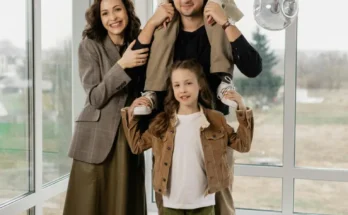I was watching my son Noah splash in the creek—our town’s shared sanctuary—when a woman in designer leggings stormed over, yelling it was her land now. She’d just moved into the old Peterson place, and with one furious outburst, she shattered decades of community tradition. I walked away burning with resolve, determined to fight her claim. But a week later, she was on my doorstep, mascara streaked and voice trembling—her daughter Sophie had vanished.
We searched the creek by flashlight, calling Sophie’s name until the shadows answered with a sob. She was curled beneath the old willow, broken by loneliness and rejection. Audrey, the woman who’d shut us out, collapsed beside her daughter, apologizing through tears. In that moment, she wasn’t a rich outsider—just a mother desperate to make things right. I saw her humanity, and my anger melted into compassion.
The fence came down the next week. Audrey worked with our town attorney to draft a public-use agreement, complete with liability waivers. The creek was ours again. Kids laughed in the water, and Audrey joined me on the porch with coffee and humility. Her city polish faded, replaced by something real. She even asked about lavender farming. I smiled—maybe she’d grow roots here after all.
That summer, the creek didn’t just flow with water—it carried healing, forgiveness, and the kind of connection no property line could ever divide. Audrey learned that being part of a place means more than owning land. And I learned that sometimes, the fiercest enemies become the most unexpected allies.


